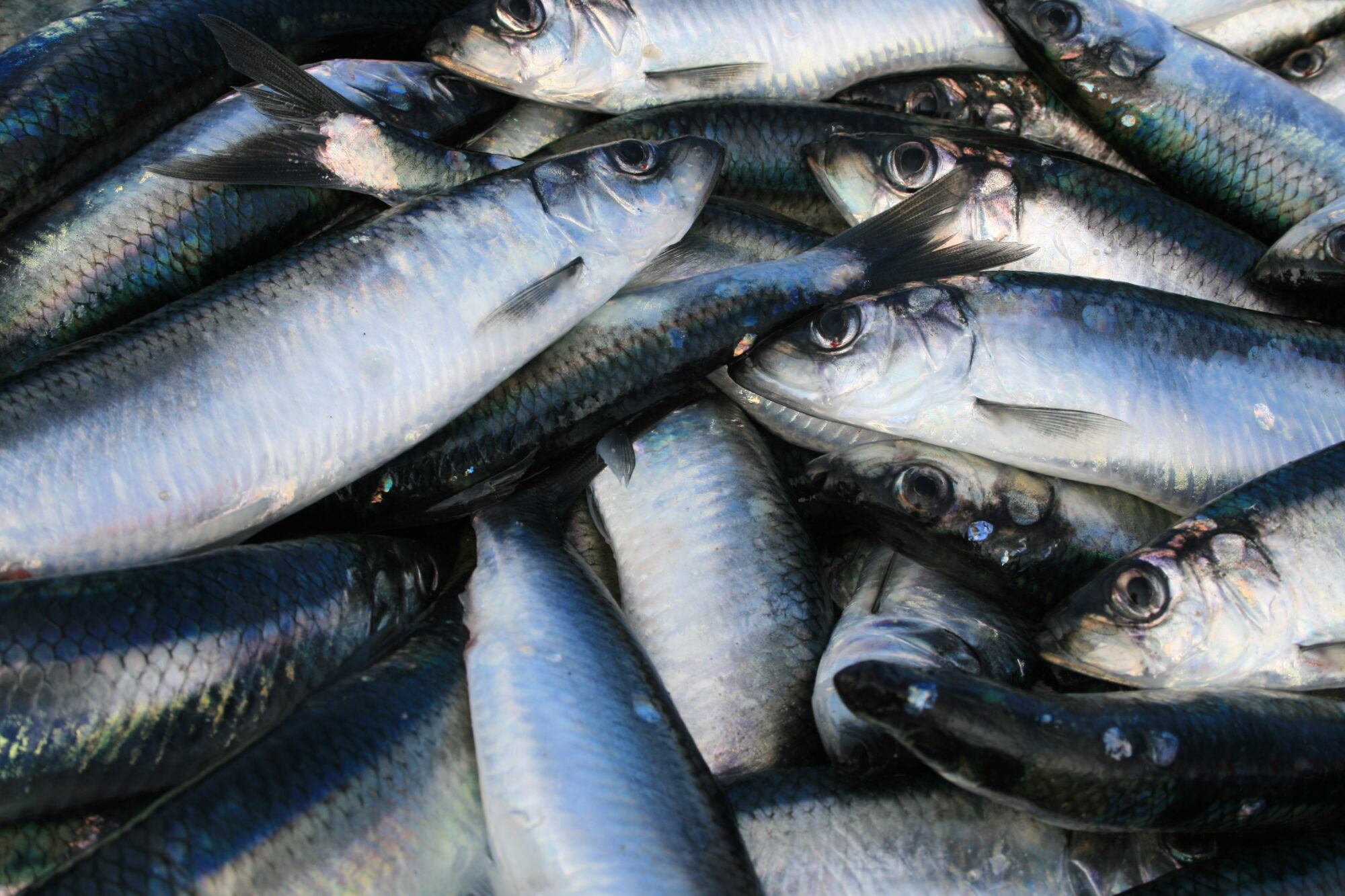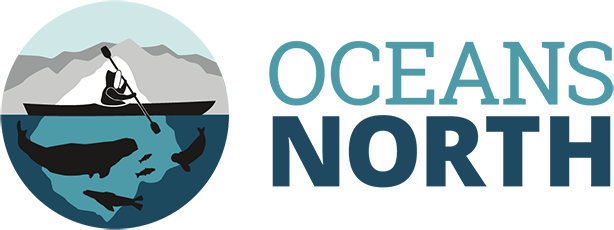
How to Value Forage Fish
Ruth Teichroeb | May 30, 2024
A new economic report released by Oceans North challenges this approach, concluding that robust, long-term rebuilding strategies for forage fisheries could actually create the most benefits for both commercial fisheries and the marine environment.
“It’s clear that rebuilding forage fish makes sense not only from an ecosystem perspective, but from a long-term economic one too,” says Katie Schleit, Fisheries Director at Oceans North.
More than 25 percent of Canada’s forage fish stocks—which include species such as herring, capelin and mackerel—are considered to be critically depleted due to factors such as overfishing and climate change, while only one stock is healthy. These smaller fish occupy the middle of the marine food web, surviving on tiny organisms like zooplankton while being preyed upon by larger creatures such as other fish, whales and seabirds.
The report was based on a case study of a herring stock in the Southwest Nova Scotia/Bay of Fundy area, which has been critically depleted since 2017. An economic analysis was done of the tradeoffs between the value of minimizing fishing to rebuild the herring stock and allowing fishing near current levels.
Four different scenarios were examined: not allowing any fishing; gradually increasing fishing limits, also called stepwise fishing; constant catch, or setting a constant harvest rate; and the “hockey stick,” which adjusts fishing quotas up and down based on the health of the stock. The price of landed herring was set based on the average Nova Scotia price in 2021 and then cost adjusted to represent 2022 values. The value of herring left in the water was set at 66 percent of the commercial catch value—a conservative estimate based on recent research into the many benefits forage fish provide to other fisheries and the ecosystem.
The results of this cost-benefit analysis showed that a rebuilt herring stock could be worth at least $402 million under any of the rebuilding scenarios and would result in higher commercial catches as well as more herring in the water. Even in scenarios that reduce current fishing effort, the value of leaving forage fish in the water to support rebuilding is higher than maintaining current fishing effort.
The report concluded that an investment in strong rebuilding strategies results in more herring available for everyone—and everything—that depends on them, from harvesters to seabirds and marine mammals.
As a result, the report made the following recommendations:
- Fisheries management decisions should favour rebuilding forage fish stocks and focus on long-term economic benefits for industry and communities
- Cost-benefit analyses should be conducted to evaluate the tradeoffs of short-term versus long-term rebuilding and be included in rebuilding plans
- Bioeconomic ecosystem models should be developed, and such data should be included in stock assessments and integrated fisheries management plans (IFMPs)
- Economic scenario analyses should be conducted at fisheries advisory committees to help stakeholders prepare for various potential futures
“For a long time, we’ve only been looking at part of the picture,” Schleit says. “If we want to get the most value from our fisheries, we need to change that.”
Ruth Teichroeb is a regular contributor to Oceans North and former communications director. She is based in Sidney, BC.
